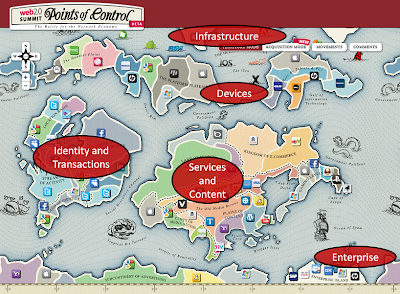In June this year, I acquired (courtesy of my sister-in-law winning an iPad in a golf competition) a Acer Aspire One netbook (awful flash website). As shipped from Acer, it used a Linpus operating system - and Acer have goofed with it somewhat. The end result is absolutely desperate - clumsy and inoperable.
In searching for alternatives, I have installed various versions of Linux Mint on my Acer. I'm delighted to say that Mint 10 (released in November this year) is a significant step up from Mint 9 (released in August this year) and Mint 8.
LinuxMint is developed on top of Ubuntu which itself is developed on top of Debian. Its selling point over the hundreds of other Linux distributions is:
- friendly desktop
- wide range of useful applications pre-installed with the OS (Open Office, Firefox, PDF viewer, Pidgin (instant messenger client), Thunderbird (Mozilla's email client), etc, etc, etc. Once installed, the result is a fully operational device.
- friendly and easy-to-use software manager which very simply allows you to install additional software
Being Linux, it's all for free. Linux Mint claims to be the fourth most popularly installed OS in the world (see footnote on Wikipedia's entry on Linux Mint). For the enquiring mind, the top three are: Microsoft Windows, Apple Mac OS and Ubuntu.
In using the previous versions of Linux Mint (and of course Linpus), it makes me credit and applaud Microsoft for its Windows OS on account of its ease of use and for creating a flexible platform on which a vast diversity of applications can run on.
Linux Mint can not be in the considered to be in the same division as Windows (yet), but it is rapidly becoming a low-end challenger. As a keen student of Clayton Christensen's theories of disruptive innovation, Microsoft needn't be overly worried at the moment, BUT it should definitely be on the radar as having the very real prospect of stealing its WIn7 revenues on low end devices, depressing Microsoft's share price.
